What does speed ratio mean?
The speed ratio refers to the gear ratio of the main reducer in the drive axle of the automobile, which is equal to the ratio of the rotational angular speed of the transmission shaft to the rotational angular speed of the axle shaft and the ratio of their rotational speeds.
The power output from the engine, which drives the wheels to form the power to move forward, is driven by many gears and shafts. A set of gears is responsible for changing the speed ratio. These are two things in the picture below. This circular gear, called a ring gear, is attached to the car's axle shafts and is responsible for transmitting power to each wheel. Like the hammer, this bevel gear is attached to the drive shaft and is responsible for transmitting power from the engine to the ring gear. The transmission ratio between the two is the final drive ratio of the car's drive shaft, that is, the speed ratio!
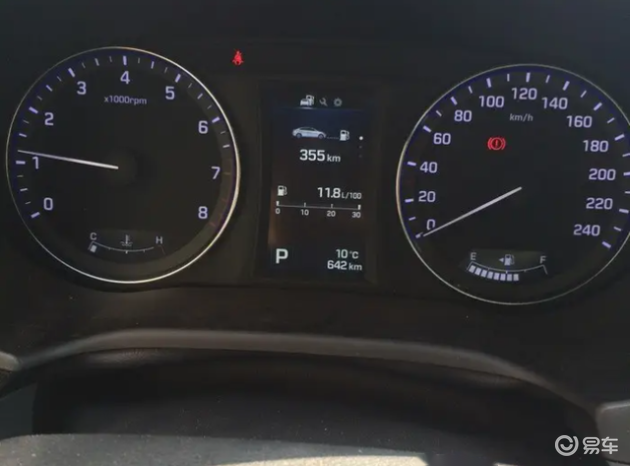
A common off-road speed ratio is 4.88, which is a 1:4.88 rotation ratio between the two gears. The replacement of the speed ratio is to directly replace a set of different speed ratio gears. More specifically, it's just a bigger ring gear. So on the street, the ratio is sometimes the name of the pair of gears. If you want to understand the effect of changing the ratio, we need to clarify a hard concept: other things being equal, the ratio and torque are proportional. The larger the ratio (that is, the larger the speed difference), the more torque, but the lower the speed. Frankly, the larger the ratio, the more power to the wheels, but the slower the speed.
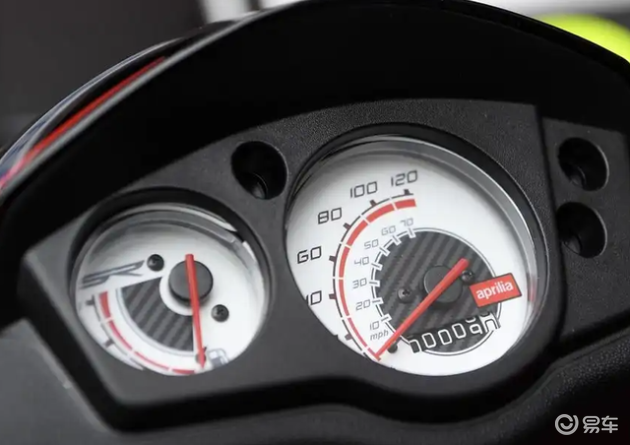
On the axle, the ring gear and the tire are basically in a coaxial transmission state (with a universal joint in the middle). In other words, the ring gear and tire speeds are basically the same. This explains the problem of not changing the ratio after the wheel is added, and the result is a quicker, less torquey, underpowered situation again (requires understanding of axles and levers). At this point, continuing to increase the speed ratio is the best solution.
Speed ratio is actually a concept of mechanical engineering, and it does not have to be used in automobiles. The speed ratio we are talking about generally refers to the transmission ratio of the main reduction gear of the drive axle of the automobile , or the final transmission ratio in the industry . Then some questions, what is it? Why move it? What's the use of off-road vehicles?
Before understanding these problems, let's first clarify a simple concept, the rotation ratio of the gear . A circle with a circumference of 20 cm and a circle with a circumference of 10 cm are belt driven, which means that they roll the same distance per unit time. If the former only rolls once a minute, then it is very simple, the circle with half the circumference of it rolls twice, and the speed ratio between them is the ratio of the speed of the two gears, that is, 1:2.
In the same way, let's put it on the car again. The power is output from the engine to the transmission to the wheels to form the power to move forward, which is transmitted through many gears and shafts. And a group of gears is responsible for changing the speed ratio. Nuo is the two things in the picture below.
This ring-shaped gear is called a ring gear (disk tooth) , which is connected to the axle shaft of the car and is responsible for transmitting power to each wheel. The bevel gear (bevel tooth) like a hammer is connected to the transmission center shaft and is responsible for transmitting the power of the engine to the ring gear. The transmission ratio between them is the final transmission ratio of the drive axle of the car, that is, the speed ratio!
They are placed like this in the axle:
Common off-road speed ratios are: 4.88. That is to say, the rotation ratio between these two gears is 1:4.88. Replacing the gear ratio is simply replacing a set of gears with different speed ratios . To put it more plainly, it's just a bigger ring gear. So in the market, the speed ratio is sometimes the name of the pair of gears .
And if we want to understand the effect of changing the speed ratio, we need to clarify a rigid concept : that is, when other conditions remain unchanged, the speed ratio is proportional to the torque. The larger the ratio (that is, the larger the speed difference), the more torque, but the lower the speed. To put it bluntly, the larger the ratio, the stronger the wheels, but the slower the speed.
So when we change the speed ratio of the off-road vehicle, we must be running to increase its torque...
However, the above concepts are only unchanged for other situations. And when it changes, we have the distraction factor. For example, increase the wheels.
In the axle, the ring gear and the tire are basically in a coaxial transmission state (there is a universal joint in the middle). That is, the ring gear rotates at basically the same speed as the tire. This shows another problem. After the wheel is enlarged, the speed ratio is not changed, and the result is that the speed becomes faster, the torque becomes smaller, and the situation of insufficient power occurs again (need to understand the principle of axle and lever) . At this time, continue to increase the speed ratio is the best solution.
In fact, modifying a car is a very, very systematic job, and it can't be like what we said in the article, and other conditions remain unchanged. You may have changed the intake and exhaust, changed the axle, all kinds of problems will have a direct or indirect impact on the power. The speed ratio is not as large as possible, but it cannot be too small, and various situations must be taken into account. Therefore, the key depends on your feel and the experience of the master.
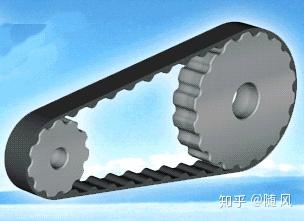
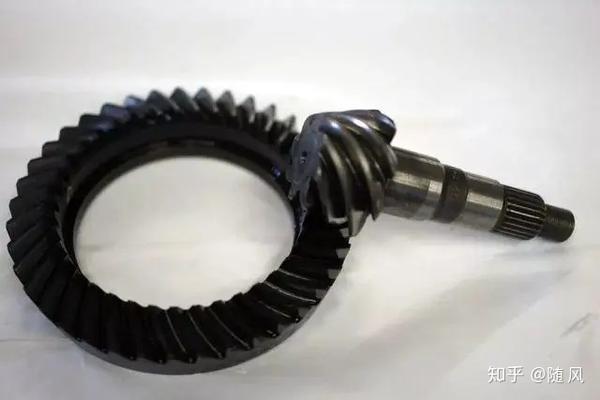
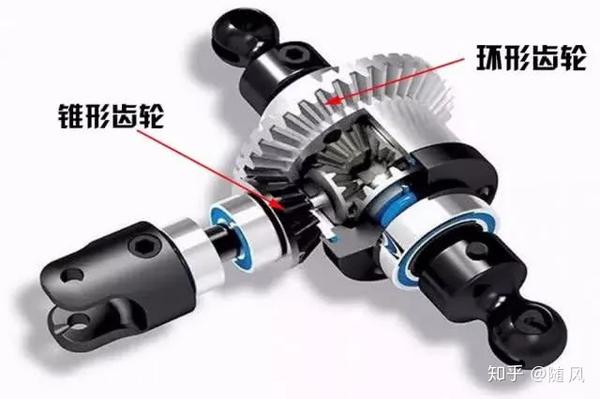
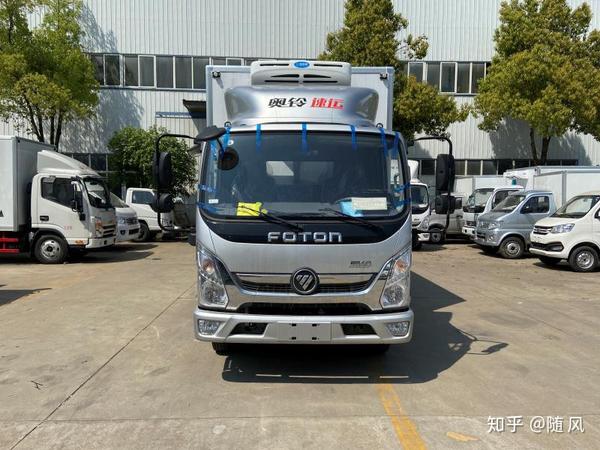
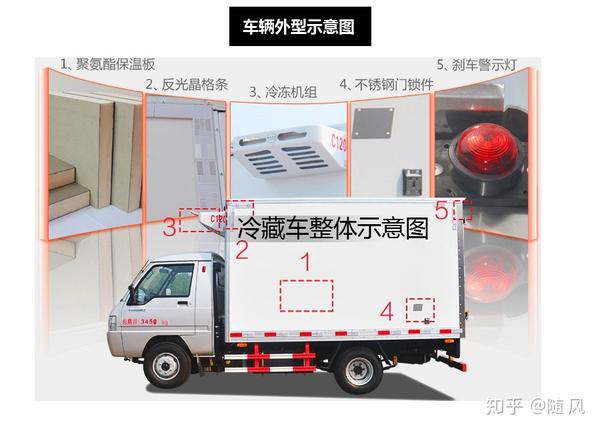
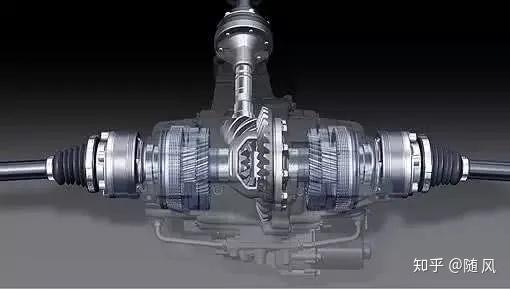



























 XINDA
XINDA